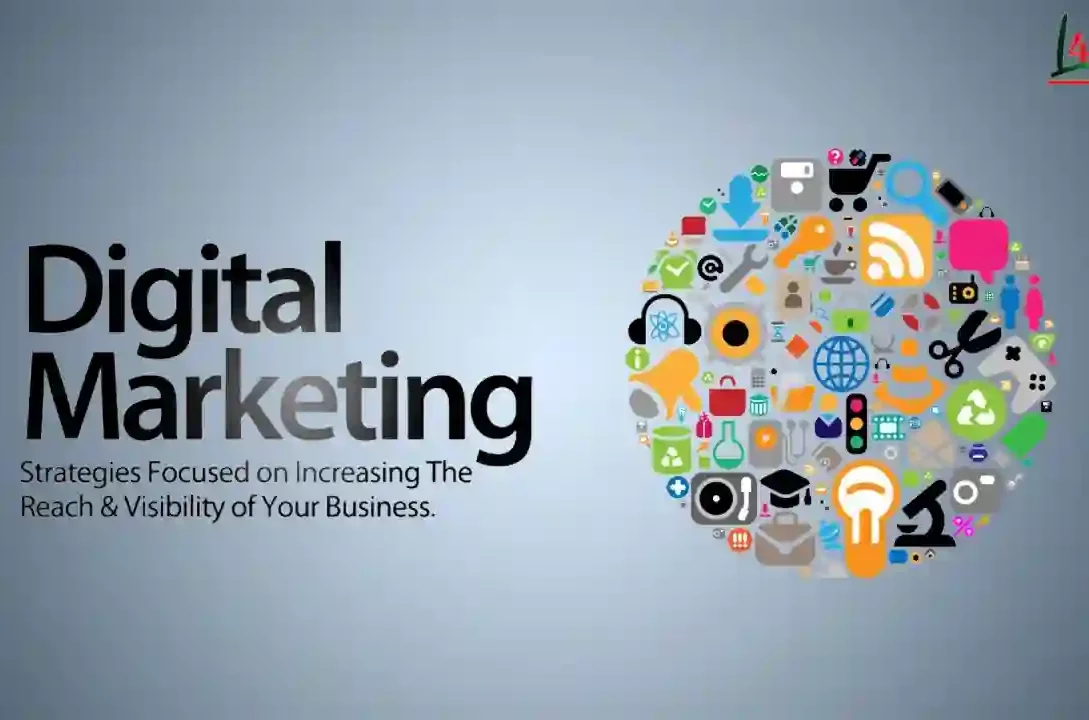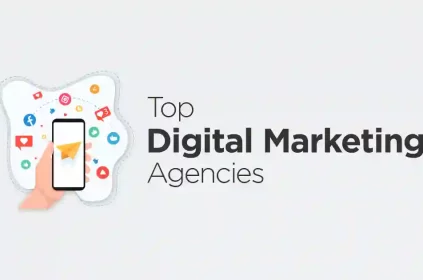In the fast-paced arena of marketing, two heavyweight contenders have been duking it out for supremacy: Digital Marketing and Traditional Marketing. It’s a showdown that has left many businesses wondering which approach packs the most punch. So, grab your ringside seat, and let’s explore the key differences between these two marketing giants.
Round 1: The Playing Field
In the blue corner, we have Traditional Marketing – the tried-and-true method that’s been around since the dawn of advertising. Think TV commercials, radio spots, billboards, and good ol’ print ads in newspapers and magazines. This champ has been in the ring for decades, making it the veteran of the marketing world.
In the red corner, we have Digital Marketing, the newcomer with a bag of tech tricks up its sleeve. This contender leverages the power of the internet, using tools like websites, social media, email, and online advertising to reach its audience. It’s agile, responsive, and always connected – the embodiment of modern marketing.
Round 2: Targeting and Personalization
One of the most significant differences between these two contenders is how they target their punches. Traditional Marketing takes a more generic approach, casting a wide net in the hopes of catching potential customers. It’s like throwing a lasso into a crowd and hoping to snag a few willing participants.
On the other hand, Digital Marketing is all about precision strikes. It uses data and analytics to identify the exact audience it wants to reach. It can personalize content and advertisements based on users’ behavior, interests, and demographics. It’s like having a one-on-one conversation with each potential customer, delivering a knockout punch right where it counts.
Round 3: Cost and ROI
When it comes to budgeting, Traditional Marketing can be a heavyweight expense. TV ads, radio spots, and print media require significant financial investment. The results can be challenging to measure accurately, making it difficult to determine the return on investment (ROI).
Digital Marketing, on the other hand, operates on a more cost-effective scale. You can set specific budgets for online advertising campaigns and track their performance in real-time. This transparency allows businesses to allocate their resources more efficiently and measure their ROI with precision.
Round 4: Reach and Accessibility
Traditional Marketing has its limits when it comes to reach and accessibility. TV ads and billboards are limited by geography and time slots. Newspaper ads are only seen by those who read the paper. Radio spots reach only those tuned in at the right moment. It’s like taking a swing at a pinata with a blindfold on; you might hit it, but you can’t be sure.
Digital Marketing, on the other hand, is a worldwide phenomenon. With the internet as its arena, it can reach a global audience 24/7. Your website and social media profiles are accessible to anyone with an internet connection. Email campaigns can land in inboxes worldwide. It’s like having a boxing match broadcast to millions, and anyone can tune in.
Round 5: Engagement and Interaction
When it comes to engaging the audience, Digital Marketing is the undisputed champion. It allows for two-way communication, enabling businesses to interact with customers directly. Social media, comments sections, and live chats provide opportunities for real-time conversations. It’s like having a conversation with your audience while you’re in the ring, responding to their punches as they come.
Traditional Marketing, on the other hand, is more of a monologue. It delivers a message to the audience, but there’s limited room for feedback or interaction. It’s like giving a speech to a silent audience, and you can’t hear their reactions.
Round 6: Measuring Success
In the world of Traditional Marketing, measuring success can be a bit like trying to read tea leaves. It’s challenging to determine exactly how effective a TV ad or a billboard campaign is. Businesses often rely on surveys and indirect methods to gauge their impact.
Digital Marketing, on the other hand, is all about data. It provides detailed analytics and reports on every aspect of a campaign. From website traffic and conversion rates to click-through rates and bounce rates, you can track it all. It’s like having a scoreboard that updates in real-time during the match, showing you exactly how you’re doing.
Round 7: Adaptability and Flexibility
One thing’s for sure in the marketing world: change is constant. Traditional Marketing can struggle to adapt to rapidly evolving trends and technologies. Once you’ve invested in a print ad or a TV spot, it’s challenging to make adjustments on the fly.
Digital Marketing, on the other hand, is agile and flexible. You can tweak online ads, change website content, or pivot your strategy in a matter of minutes. It’s like having a coach in your corner who can adjust your game plan as the match unfolds.
The Final Bell
So, there you have it, folks, the key differences between Digital Marketing and Traditional Marketing. It’s not a matter of one being better than the other; it’s about choosing the right strategy for your business and your audience. In some cases, a combination of both might be the winning formula. The marketing world is a dynamic place, and staying competitive means knowing when to adapt your strategy and when to stick to the tried-and-true methods. Now, go out there and make your marketing moves like a champ!








